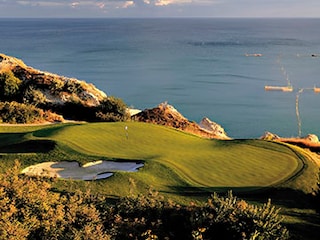Crafting the best golf courses
Gary Player, a former golf great, now crafts the playing field. He tells us what goes into designing some of the best courses


Ideal location and landscapeWe have beautiful courses all around the globe across a variety of landscapes. Our most dramatic designs have a common theme—they border a major water body. For example, Saadiyat Beach Golf Club in Abu Dhabi, Mazagan Beach Resort in Morocco and Thracian Cliffs in Bulgaria are all along the sea. Generally speaking, sandy soil provides the best medium for quality turf. It also offers the most flexible landscape for shaping the course.
The land always dictates the design of a golf course. We try to route each hole to minimise earth works, but still maximise view corridors.
Natural requirements The first questions we always ask a developer are about the water source water is fundamental to any project, and is often underestimated.
Beyond that, there are no absolute requirements in terms of natural elements. Although sandy soil is preferred, sand capping is possible even with rocky sites and those with clay-like soil.
Aesthetics I love contrast in colours, textures and scenery. We achieve this through thoughtful landscaping plans, grass selection and bunker sand colour. From a strategic standpoint, we put great thought into placement of bunkers throughout our courses. In today’s design business, it is largely about length. Unfortunately, the governing bodies don’t control the advancement in technology surrounding the equipment.
The ball now travels at least 50 yards farther than when I was in my prime. As designers, we are forced to adapt by lengthening our designs to keep up. I have been on record expressing concerns about this trend as longer courses raise every cost associated with maintenance.
First Published: Nov 09, 2015, 06:06
Subscribe Now